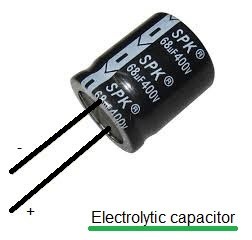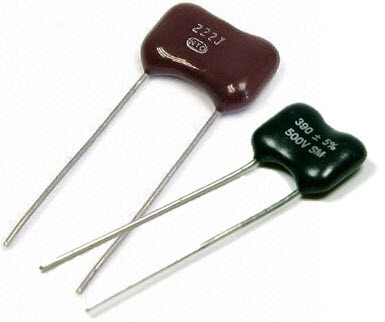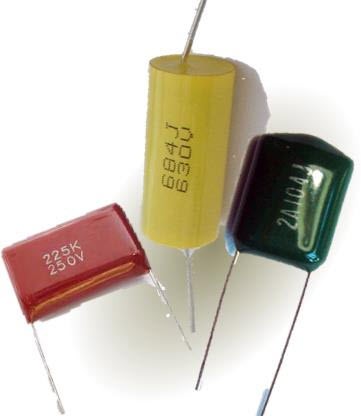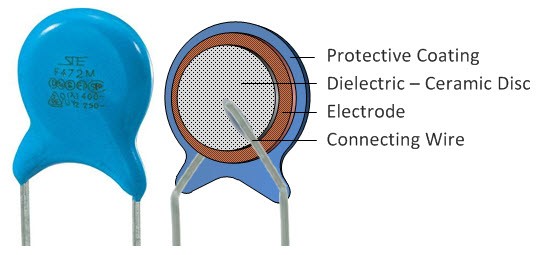How to make electriccity with the help of salt.
Na-TECC: Worth Its Salt
Shannon Yee, an assistant professor in Georgia Tech’s George W. Woodruff School of Mechanical Engineering, is developing a technology that leverages the isothermal expansion of sodium and solar heat to directly generate electricity. Affectionately known as “Na-TECC” (an acronym that combines the chemical symbol for sodium with initials from “Thermo-Electro-Chemical Converter” and also rhymes with “GaTech”), this unique conversion engine has no moving parts.
A quick rundown in geek speak: Electricity is generated from solar heat by thermally driving a sodium redox reaction on opposite sides of a solid electrolyte. The resulting positive electrical charges pass through the solid electrolyte due to an electrochemical potential produced by a pressure gradient, while the electrons travel through an external load where electric power is extracted. Bottom line, this new process results in improved efficiency and less heat leaking out, explained Yee.
The goal is to reach heat-to-electricity conversion efficiency of more than 45 percent — a substantial increase when compared to 20 percent efficiency for a car engine and 30 percent for most sources on the electric grid.
The technology could be used for distributed energy applications. “A Na-TECC engine could sit in your backyard and use heat from the sun to power an entire house,” Yee said. “It can also be used with other heat sources such as natural gas, biomass, and nuclear to directly produce electricity without boiling water and spinning turbines.”
Funded by the Department of Energy’s (DOE) SunShot Program, the research is being conducted in collaboration with Ceramatec Inc
.




